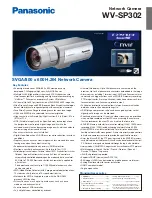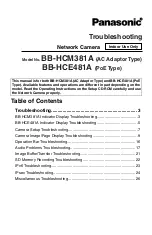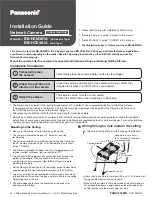
Chapter 5
Working with Traces and Copper
©
National Instruments Corporation
5-3
6.
Click the next pad in the net. Continue in this way from pad to pad,
clicking the points on the board where you must route the trace around
obstacles.
7.
When you place the final trace in the net, cancel trace placement by
either pressing <E
SC
> twice or by right-clicking and selecting E
SC
from the pop-up menu that appears twice.
Narrowing/Widening Trace Width On-the-Fly
On occasion, it may be necessary to change the width of a trace segment
(for example, when placing it in a narrow area between pins). You can
change the width of a trace segment on-the-fly as detailed below.
Complete the following steps to change the trace width on-the-fly:
1.
Begin placing the trace as detailed above.
2.
Click to place a trace segment, right-click and select either
Widen
or
Narrow
from the pop-up that appears.
3.
Continue placing the trace and left-clicking to anchor trace segments.
The width of the trace segments either increases or decreases by 10%
of the width of the previous trace segment, depending on whether you
selected
Widen
or
Narrow
.
Tip
If you want to increase or decrease the next segment by more than 10%, right-click
and select either
Widen
or
Narrow
multiple times.
Note
You will not be able to exceed the
Max Width
value for the net as set in the
Nets
tab of the
Spreadsheet View
, or set a width lower than the
Min Width
value.
Placing a Trace: Follow-me Method
While you must avoid obstacles such as other traces when placing a manual
trace, a
Follow-me
trace avoids most of the obstacles that lie along a trace’s
route.
Note
Refer to the
Placing a Trace: Manual Method
section for information about manual
trace placement.
Complete the following steps to place a
Follow-me
trace:
1.
Choose a copper layer.
2.
Choose
Place»Follow-me
.
3.
Click a pad on the board. The net the pad is connected to is highlighted,
and the pads in the net are each marked with an X.
















































